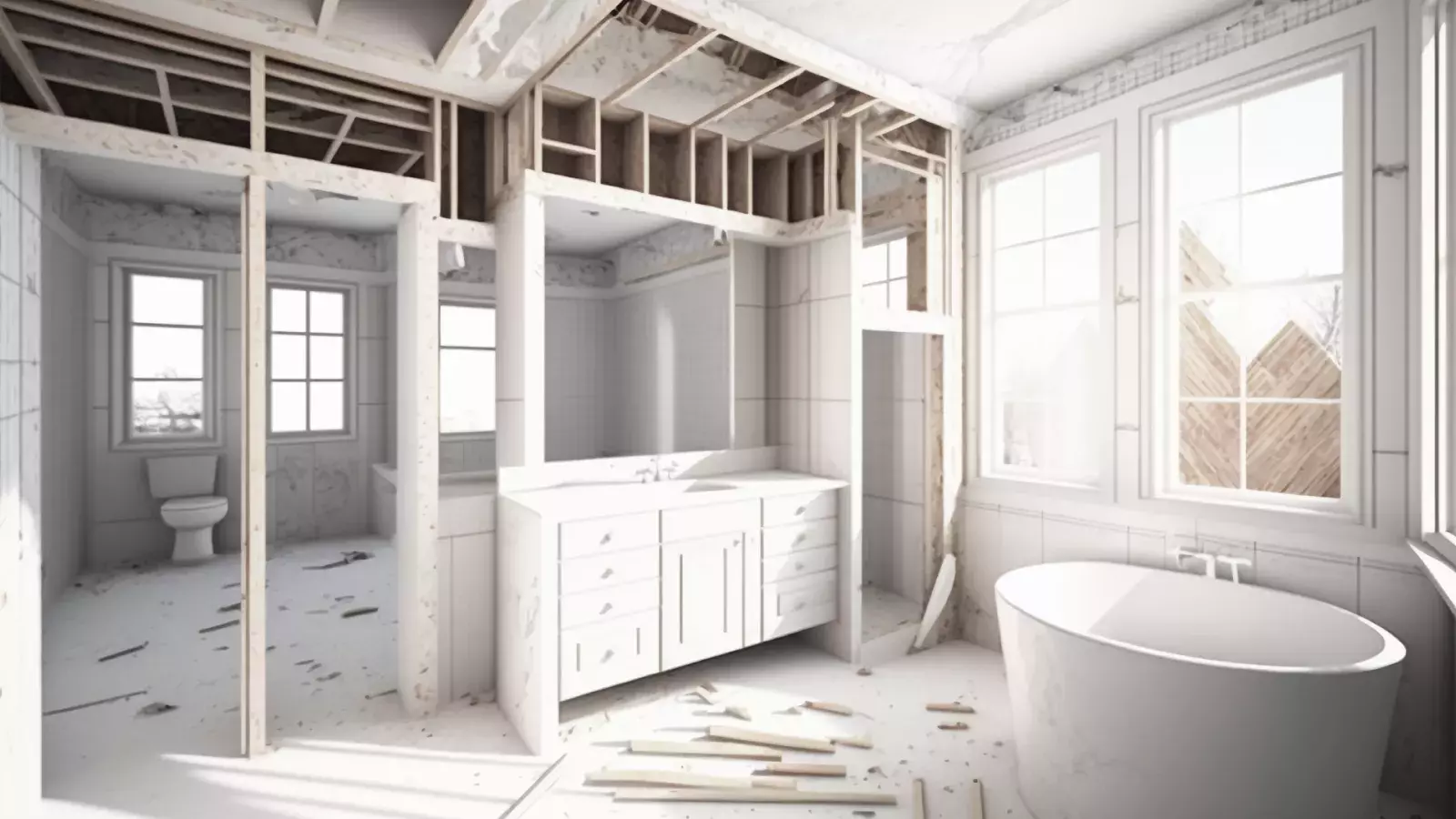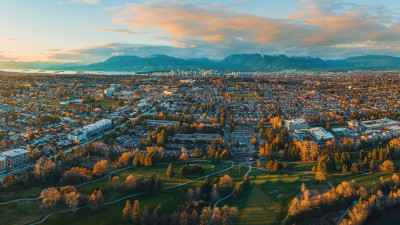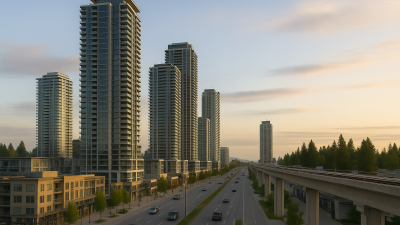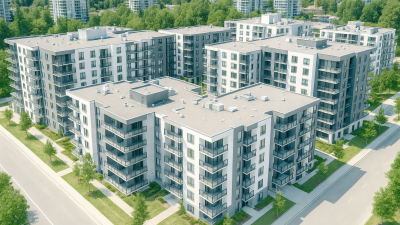As our urban skylines evolve, so do the standards that shape them. British Columbia is poised to usher in a series of substantial changes to its Building Code. While the spectrum of updates is fairly broad, spanning from environmental sustainability to seismic resilience, a particular focus is placed on improving accessibility and inclusivity.
Updating the Building Code for enhanced accessibility
The Building Code's accessibility revisions will ensure that public buildings are not just structures but spaces that welcome all, regardless of physical ability. This translates into the presence of more ramp accesses, wider doorways, and adaptable bathroom facilities. Recognizing the growing importance of multi-residential spaces in urban communities, the Code seeks to ensure that residences accommodate all. This has led to a refresh of the adaptable dwelling code rules: 100% of residential units in 'large' buildings will now have to adhere to the updated standards, as will first-floor suites in 'small' buildings.
Perhaps one of the most tangible changes is the widening of accessible paths of travel. In spaces that residents frequent, such as primary bedrooms and kitchens, the standard 5’ will now be expanded to a generous 5’6”. For someone navigating with mobility aids, this added space can be a make or break in livability. To ensure that homes can adapt to the evolving needs of occupants, the new standards propose that bathroom walls be reinforced from the get-go, so that future grab bar installations are readily possible. Newly required placement of switches and controls at accessible heights marks another crucial step towards inclusivity.
Broadening the requirements with other notable changes
Beyond accessibility, the Building Code's revisions reflect a more holistic view of modern living. Environmental sustainability, a pressing concern of our times, features prominently. Newly constructed spaces will have to meet increasingly stricter energy efficiency standards, be it through advanced insulation, state-of-the-art window designs, or cutting-edge heating systems.
British Columbia's unique geography also necessitates a heightened focus on seismic resilience and strength. The Code, recognizing the region's vulnerability to earthquakes, mandates the integration of designs and safety protocols to protect against such natural disasters. Beyond just modern designs, there's a push for comprehensive safety measures that can withstand the challenges of an earthquake.
Fire safety, although always a concern, will see an overhaul. Newer buildings must incorporate enhanced alarm systems and make thoughtful use of fire-retardant materials, ensuring resident safety is always prioritized.
Immediate hurdles and long-term gains for developers
While the societal and functional benefits of these changes are evident, they also pose tangible challenges for the practical applications of said modification – especially for developers. The enhanced standards introduce added complexities, pushing developers to revisit their blueprints and financial projections. Understanding the implications, many developers, especially those with projects in the pipeline, are actively seeking to gain approvals ahead of the changes. The objective is clear: get the green light before the year concludes, which would allow current plans to be grandfathered into the older, more familiar standards. This rush is not merely about dodging complexities but also about cost management. The new standards will undeniably push construction costs upwards, a reality that developers are acutely aware of.
However, there's a silver lining for those whose projects begin after the new Code kicks in. Buildings born out of these regulations will stand as testimonies to durability and efficiency, often proving cost-effective in the long run. Homebuyers are progressively incorporating their values into their buying decisions. In a market that's increasingly tilting towards eco-conscious and safety-driven choices, these constructions will have their unique selling propositions.
Weighing the real impact on homebuyers
For the homebuyer, the revised Building Code is a mixed bag. The perk is found in more homes that promise safety, comfort, and energy efficiency. Those who have felt marginalized due to physical constraints can now look forward to spaces that acknowledge and provide for their needs. The joy of living in a space insulated from potential seismic threats or one that ensures consistent temperatures without exorbitant energy bills is undeniable.
Still, this might come at a literal price. The enhanced construction standards could mean that developers transfer some of the increased costs to buyers, nudging up the purchase prices of new homes. That being said, it’s critical in this case to look beyond the immediate. In all likelihood these homes will likely result in reduced utility expenses, translating into savings over time. And beyond just the present, these homes, with their focus on sustainability, promise longevity, ensuring that a buyer's investment stands robust through the years.
The transition to the new Code promises to be a delicate dance, balancing noble objectives with ground realities. The ethos of the new Code is a blend of innovation, empathy, and foresight, but we also must acknowledge the difficulties in application. While the immediate transition might usher in complexities for developers and potential price hikes for homebuyers, the long-term vision could be promising. Cities are dynamic entities that must continually evolve to cater to the needs of their inhabitants. These updated standards show a commitment to spaces that aren't just structurally sound or aesthetically pleasing but are also genuinely welcoming and resilient.



